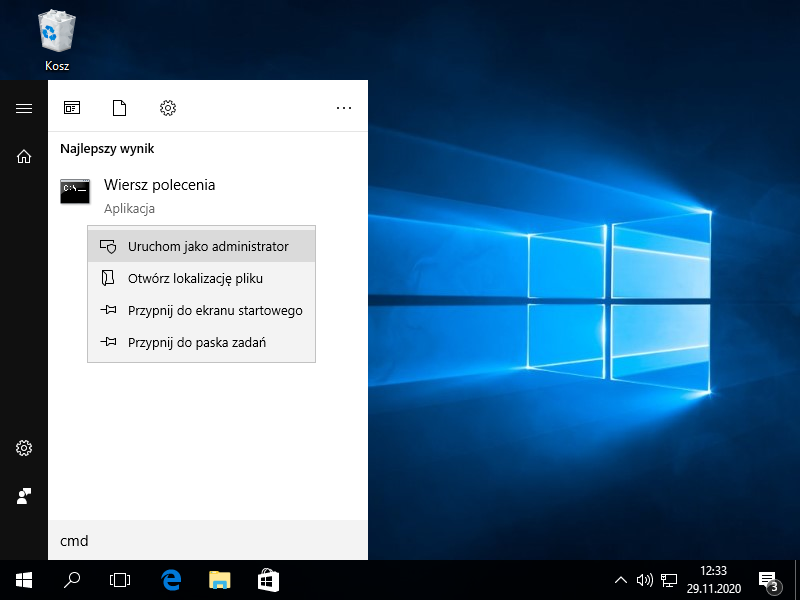

- #TIGHTVNC VS TIGERVNC UPDATE#
- #TIGHTVNC VS TIGERVNC SOFTWARE#
- #TIGHTVNC VS TIGERVNC PASSWORD#
- #TIGHTVNC VS TIGERVNC LICENSE#
In summary, TightVNC is quite unsecure, unless you take several additional steps to secure it. But if you have many remote users, they all need to share the same passwords, which is a security risk. TightVNC also allows you to restrict remote access to specific IP address ranges, lowering the chance a malicious actor could gain remote control of your computer.

#TIGHTVNC VS TIGERVNC PASSWORD#
You can choose to set a password for full-control, view-only, and administrator roles in TightVNC. Another option is to use a VPN (opens in new tab). If your remote server is running SSH, it’s possible to set up TightVNC to connect through SSH so all data sent is encrypted, but it’s not a straightforward process. So, if you have any security concerns, you’ll need to wrap your connections in a secure tunnel. TightVNC encrypts VNC passwords, but the rest of the traffic is sent unencrypted. TightVNC can be set to only allow connections from specific IP addresses (Image credit: GlavSoft LLC) MightyViewer starts at $69 for a single-user license. It’s an application for Windows that can show multiple VNC sessions concurrently on one screen, allowing you to oversee many remote computers at once. The other is MightyViewer (opens in new tab), first introduced in 2020. The first is Remote Ripple 2.0 (opens in new tab), a VNC-compatible remote client for Android, iPhone, and iPad that costs around $4.99. GlavSoft LLC does sell a few complementary products that can work alongside TightVNC.
#TIGHTVNC VS TIGERVNC LICENSE#
If you want to buy a license to the TightVNC source code, it costs around $13,620.
#TIGHTVNC VS TIGERVNC SOFTWARE#
TightVNC is open source and free to use commercially, and ranks among the best free remote desktop software (opens in new tab) solutions as a result. In 2020, a few updates were released, with the most notable change being support for Unicode clipboard transfers (UTF-8) in November 2020. Fast screen-grabbing techniques on Windows 8 and later versions were improved, and a few minor bugs were rectified.
#TIGHTVNC VS TIGERVNC UPDATE#
But in September 2021, TightVNC for Windows got a security update that patched a severe security issue in the TightVNC Viewer application. This may only have niche applications, but it’s a clever way to share resources remotely with multiple remote users. You could set one remote session to have access to the left side of your desktop, and another to have access to the right side of your desktop, for instance. Going even further, TightVNC can be set to listen on multiple ports and serve a different portion of the desktop on each one. You can set exact pixel coordinates to be shared or a window class name (e.g., WMPlayerApp for Windows Media Player, or OpusApp for Microsoft Word). TightVNC has an interesting feature, whereby you can specify that only a part of the screen be shared. But it doesn’t include the server component, only the client, so you’ll only be able to use it to view remote sessions (as opposed to accepting remote sessions from another device).

This makes TightVNC Java Viewer a handy tool for working in cross-platform environments.

This includes pretty much any modern operating system, including most versions of Linux, macOS, and Windows. There are two versions of TightVNC-TightVNC for Windows and TightVNC Java Viewer. TightVNC Java Viewer can be run on any system that supports Java SE 1.6 or later. This versatility can come in handy when you have an application that must accommodate multiple remote users, potentially at the same time. Alternatively, you can block new remote sessions until the initial session is complete. You can change this setting so that multiple remote users can view or control the server simultaneously. TightVNC, by default, will disconnect existing remote sessions when a new session is made. TightVNC offers a few unique features that could make it the right choice for your remote administration needs. How does TightVNC compare to its main competitors?Ī helpful backup tool good for small remote administration tasks, TightVNC lacks security features.Ī more polished VNC service with cloud connectivity and built-in encryption.Īnother quick remote admin tool that’s great on Windows but less useful for cross-platform admin.


 0 kommentar(er)
0 kommentar(er)
